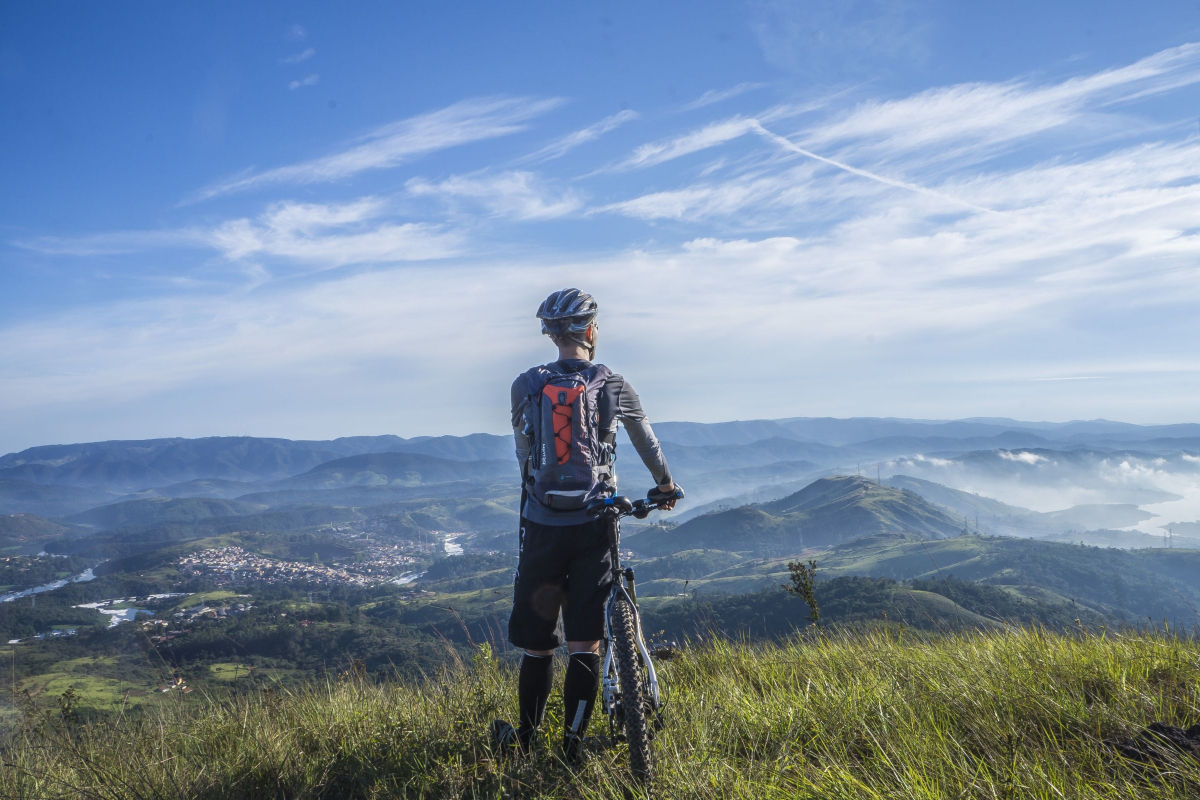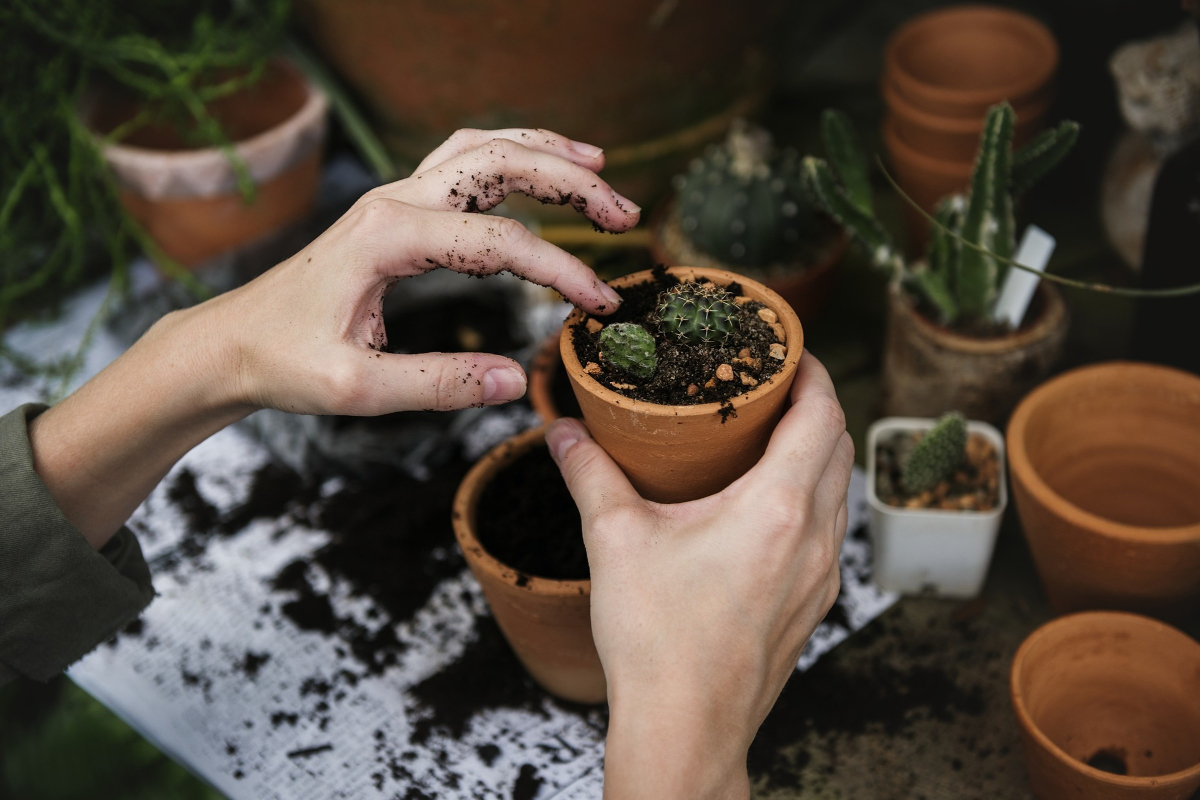Another brutal winter has many counting down the days until warmer spring weather arrives and the vibrant natural world starts to bloom, buzz, and chirp. If you’re looking for effective, science-backed ways to get some exercise outside, don’t miss this essential list:

Cycling
Have you heard? Researchers have found that older adults who cycle regularly have a stronger immune response compared to non-active seniors. In a recent study published in the journal Aging Cell, researchers analyzed the blood of 125 cyclists between the ages of 55 and 79, specifically looking for T-cells which are key markers of an active immune system. They compared these findings to a control group of older adults who did not routinely exercise, as well as young adults between the ages of 20 and 36.
What they found was pretty jaw-dropping. Not only was the cyclist’s T-cell activity higher than their non-active counterparts, but their T-cell activity levels mirrored those of the younger adults in their 20s. Talk about slowing aging. While aging is a complex process, these types of findings indicate that regular exercise, like with cycling, could play a powerful role in fortifying immune systems against infections and potentially staving off some age-related diseases.
You don’t have to become an avid mountain biker or join a cycling league to reap these benefits either. Simply bike riding around your neighborhood or local park for 30 minutes to an hour a day can be an effective way to start.
Nature Walk / Hiking
A 2017 study published in PLOS One found that walking outdoors versus indoors has its benefits. Austrian researchers from the University of Innsbruck conducted a study of 40 healthy female and male volunteers, administering mood tests and tracking health metrics like heart rate as these volunteers participated in various workouts.
First volunteers completed a mountain hike with a guide. On a separate day, they completed a comparable workout by walking on an inclined treadmill inside. While the mountain hike was recorded to be more vigorous an exercise than the treadmill walking, researchers found that objectively participants had better moods and were happier and more relaxed after the mountain hike.
A previous study in Proceedings of the National Academy of Sciences also revealed that walking through nature versus a bustling urban environment reduces a person’s rumination and blood flow to the part of the brain responsible for mental wellness. Finding yourself losing sleep over negative thoughts and feelings you’re experiencing at work or in your relationships? A walk in the woods may just be the ticket to the mental and emotional boost you are looking for.

Gardening
Don’t think gardening requires much physical output? Try saying that to someone who just spent 2 hours pulling weeds, digging holes, and watering plants. In addition to the energy gardening requires, it uniquely exercises hands and forearms too, working out your dexterity and grip strength. Gardening also intersects physical activity with productive interaction with nature which you’ve already learned bears great mental benefits.
A 2015 meta-analysis published in the journal Preventive Medicine Reports reviewed 21 articles of studies that focused on outdoor gardening, administered quantitative surveys, followed gardeners and non-gardeners alike, and reported associated health outcomes. They discovered significantly positive results from gardening including reductions in anxiety, stress and depression symptoms, and improvements in cognitive functions, activity levels, and overall quality of life.
While the act of gardening fosters these positive health outcomes, its own output also play an important role in healthy living too. Gardens generate more nutrient-rich fruits, vegetables, greens, and legumes for you and your family as well as increase your stake in your own health and wellness, equipping you with the means of more purposefully controlling (and enjoying) what you eat.
Quick Tips for Getting Started
Cultivating a new outdoor hobby isn’t hard. With little to no equipment, the right mindset, and a handful of quick tips, you’ll be well on your way.
- Protect your skin from sun damage. While soaking up sun helps you get your daily dose of vitamin D, you still want to protect your skin from cellular damage that can lead to skin cancer. The American Academy of Dermatology recommends applying a water-resistant SPF 30 sunscreen or higher with broad-spectrum protection (against UVA and UVB rays).
- Going on a hike or long walk? Use walking sticks for added support and traction, and make a plan for your route/timing so you don’t find yourself lost after dark.
- Wear a helmet when cycling to protect against any head or brain trauma in the event of a fall or accident.
- Monitor weather forecasts closely before starting your outdoor activity for the day. You never want to be stuck in a dangerous storm outside and far from home.
- Take a reusable bottle of water with you no matter where your outdoor adventure leads. Healthy hydration is always a must, especially during physical activity outside.


